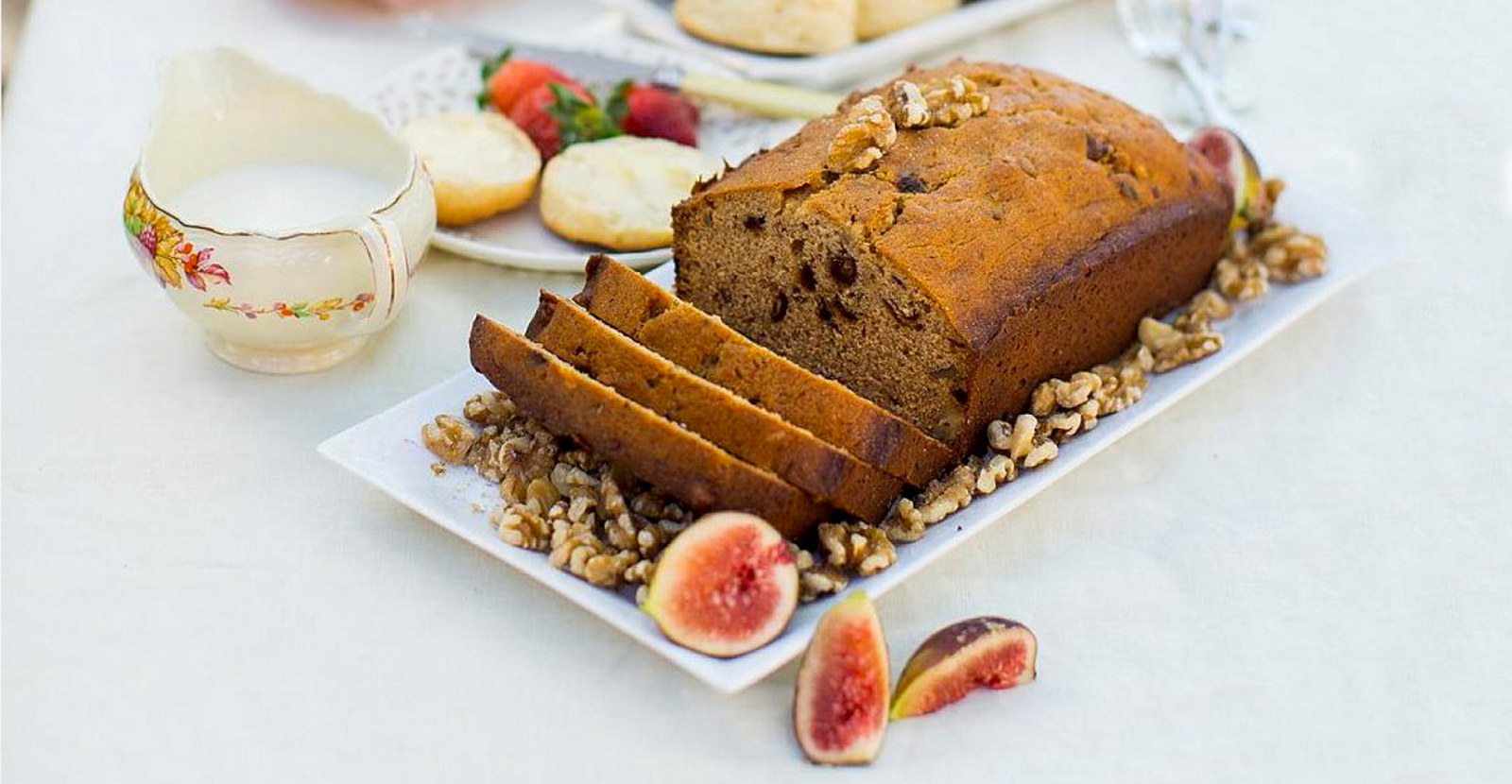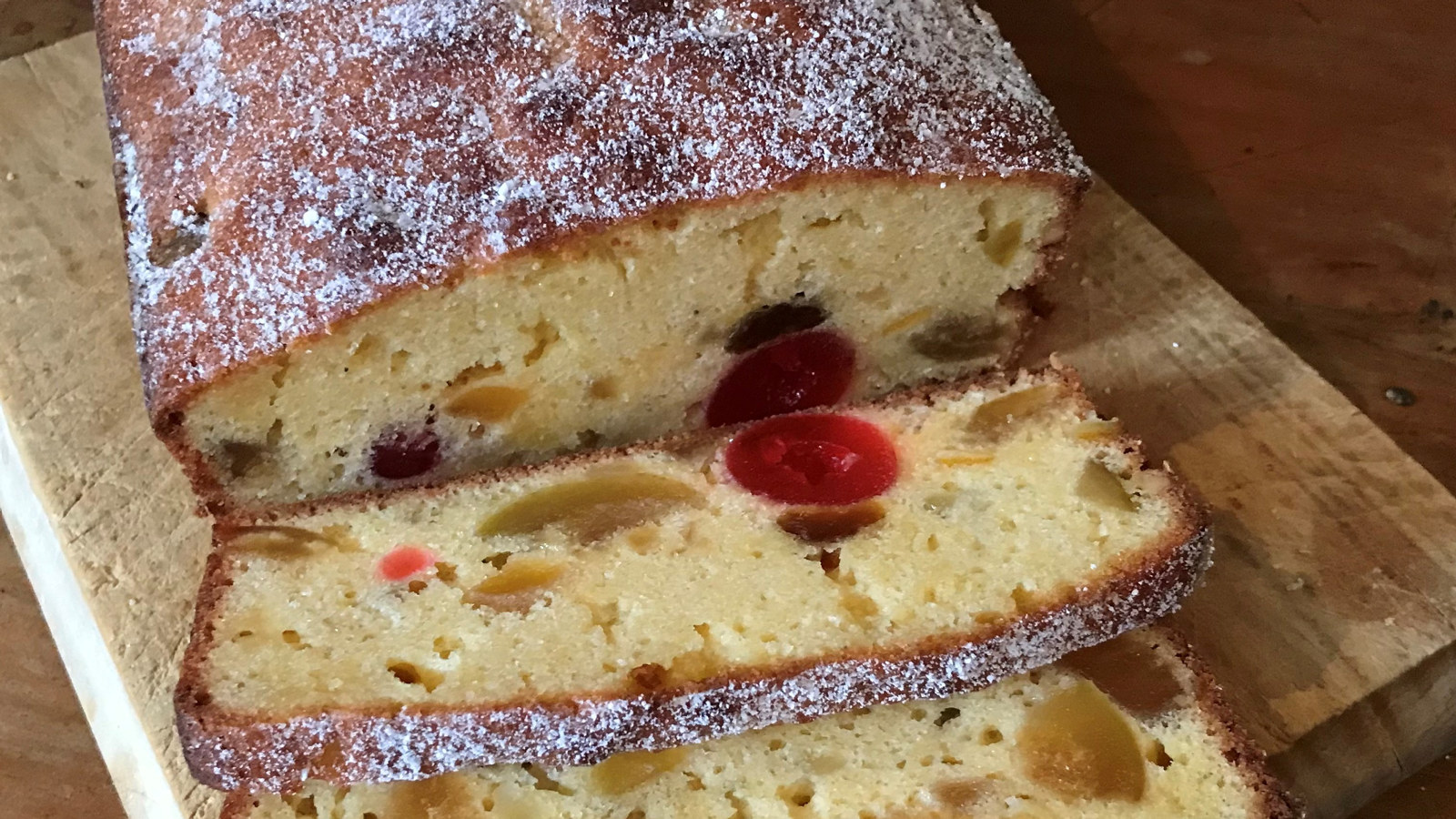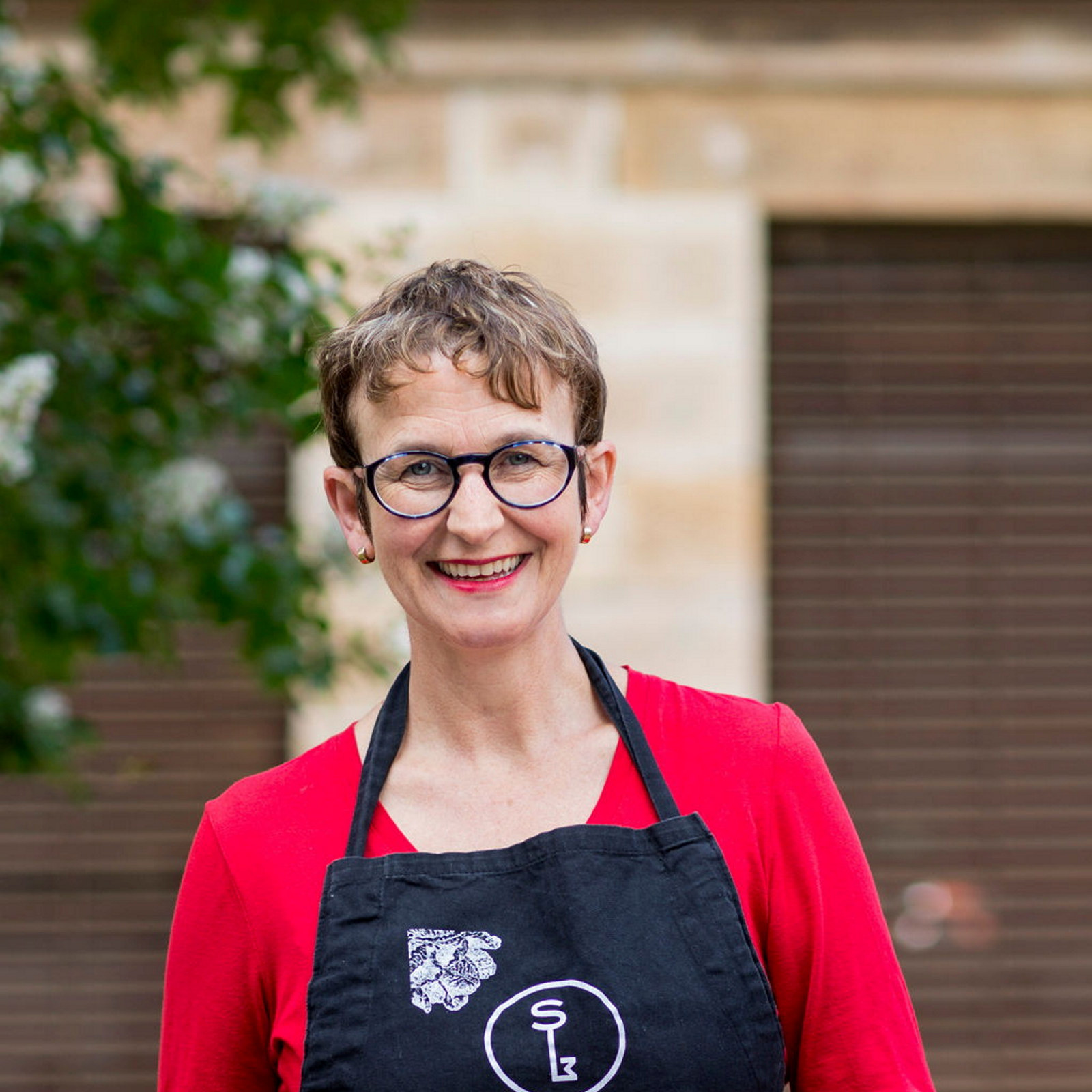Rouse Hill recipes
Through most of the nineteenth century, Rouse Hill Estate was the social hub of the district.
The Rouse family regularly played host to formal society dinners, long luncheons and sociable tea parties, plus major family events to celebrate birthdays, weddings and Christmas.
The family’s surviving cookery books, in various states of repair, date between the 1850s and the 1950s. Each book is of interest in itself, but as a collection they stand testament to the social and cultural changes that this family, and indeed, Sydney itself underwent in this 100 year period. They demonstrate the gradual emergence of Australian identity from the late 1800s through food and recipes, native and localised ingredients such as kangaroo tail soup, jugged wallaby, curried bananas, rosella jam and prickly pear jelly.
Through their tattered and splattered pages we can see which dishes were popular in the Rouse household over many generations – here’s a small sample from the Rouse family cookery books collection.
The book of household management
3rd edition Mrs Beeton, S O Beeton, London, 1863.
The book of household management
(edition unknown) Mrs Beeton, Ward, Lock & Co, c1880.
Australian cookery: recipes for the people: as given at the Centennial Exhibition, Melbourne, 1888-89
M J Pearson, Melbourne, 1894.
Mrs Maclurcan’s cookery book: a collection of practical recipes, specially suitable for Australia
Hannah Maclurcan, George Robertson & Company, Australia, c1903.
Published on
More stories

A manuscript cookbook from Meroogal
Cooking was an integral part of the rhythm of life for the family at Meroogal, near Nowra on the south coast of New South Wales

Bischofsbrot (Bishop’s Bread)
Studded with colourful glacé fruits, Bischofsbrot, or Bishop’s bread, is an egg-rich, sweetened loaf popular in northern Europe

Cook & Curator
Eier auf Florentiner Art (Eggs Florentine)
This classic recipe is simple to make yet rich and flavoursome. Perfect for a weekend brunch or a light supper

